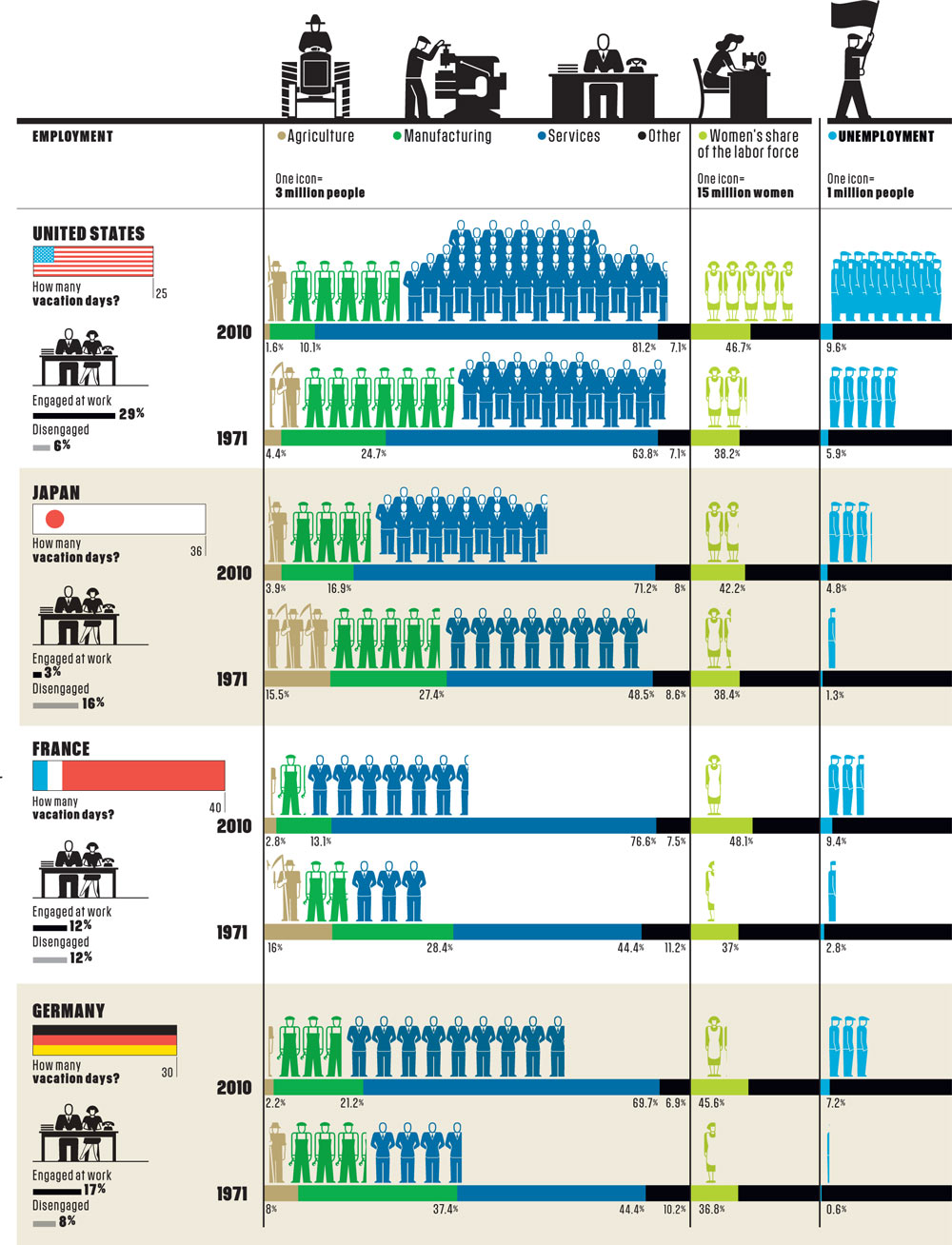Our new record was ‘officially’ released today. This means that you’ll find the digital version on various different Digital music stores like iTunes, AmazonMP3 and eMusic, and you’ll be able to stream the music from services such as Spotify and Deezer.
The physical versions (CD and Vinyl) are only available from our Bandcamp site and at gigs.
Unfortunately, you will not find our record in any record stores. The reason for this is because we do not have a record label, which means we have no access to distribution. Without a distributor, you cannot sell your CD’s in record stores. If you work for a distributor and you’re interested in carrying our CD or Vinyl, or both, feel free to contact us!
If you choose to purchase our music or use one of the ‘legal’ streaming services, here’s an overview of where the pennies go.
SPOTIFY:
With Spotify, we’ll get 0.003 EUR/play.
If you listen to the album all the way through, we’ll get 0.029 EUR.
If you listen to the album 10 times on Spotify, we’ll get 0.29 EUR
If you listen to it a hundred times, we’ll get 2.94 EUR
If you listen to the album 1,000 times (once a day for 3 years!) we’ll get 29.47 EUR!
If you use the free version of Spotify, it won’t cost you anything. Spotify will make money from ads. If you use any of the paid versions, we have no idea how they carve up the money. They only disclose this information to the Major record labels…
DEEZER:
Deezer seems to pay a little more.
We’ve been getting 0.006 EUR/play from them. That’s 0.052 EUR/album play. If you listen to the album 10 times on Deezer, we’ll get 0.52 EUR. If you listen to it a hundred times, we’ll get 5.2 EUR. If you listen to the album 1,000 times (once a day for 3 years!) we’ll get a whopping 52 EUR!
If you use the free version of Deezer, it won’t cost you anything and Deezer will make money from the ads. If you use any of the paid versions, we have no idea how they carve up the money either.
AMAZON MP3:
You’ll pay 7.11 EUR to download the MP3’s. We will get 4.97 EUR of that. That’s a 70-30 split.
iTUNES:
The album will cost you 8.91 EUR to buy from Apple.
There’s a 70-30% split there too, so we will keep 6.28 EUR/album.
That being said, it costs us 35 EUR/year to keep an album on iTunes, Spotify, and Amazon (105 EUR per year for all 3 of our albums!) so we don’t make any money until 24 people have bought a digital copy of the album on iTunes, or 150 single songs, or if we get tens of thousands of listens on Spotify! In most cases, it’s actually more economically viable not to sell the music at all.
But what about if you buy the Digital version directly from us?
DIGITAL:
We allow people to pay what they want for the digital version. If you choose to pay 5 EUR, Paypal takes 0.37 EUR, Bandcamp takes 0.75 EUR. Uniform Motion keeps 3.88 EUR. it doesn’t cost us anything to have a page on bandcamp.
If you decide to pay nothing, well, we get nothing, but at least you didn’t give money indirectly to major record labels, which seems to be the case with Spotify!!
CD:
If you buy a CD, directly from us for 10 EUR, Paypal takes 0.515 EUR, Bandcamp takes 1.5 EUR. So there’s slightly less than 8 EUR left for us. But hold on a second, it costs a fair bit to make the CD.
The CD itself costs 1.2 EUR, the booklet costs about 50 cents, the CD packaging is 1.8 EUR and the sticker on the front costs 35 cents.
That’s a total of 3.65 EUR
So in reality, there’s 4.34 EUR left for us.
VINYL:
If you buy a 12” Vinyl from us at 15 EUR, Bandcamp takes 2.25 EUR, Paypal takes 0.646 EUR so there’s 12.10 left. The cost of the Vinyl itself is 3.06 EUR
The labels cost 1.3 EUR. For a total of 4.36 EUR
So there’s 7.75 EUR left for us.
However, we had to press 250 of these (because that’s the minimum order), so it’s very unlikely we’ll make any money on them.
We need to sell 72 copies before we break even on the vinyl edition. We’ve sold about 30 so far.
If we break even, we’ll lower the price a little bit. :)





 Virtual wallet: A store in Quito, Ecuador, is one of dozens in the country testing Mony, a way for merchants and suppliers to exchange money by text message. Most Ecuadorians have cell phones but lack bank accounts and must spend time traveling to pay bills in cash.
Virtual wallet: A store in Quito, Ecuador, is one of dozens in the country testing Mony, a way for merchants and suppliers to exchange money by text message. Most Ecuadorians have cell phones but lack bank accounts and must spend time traveling to pay bills in cash. 

























